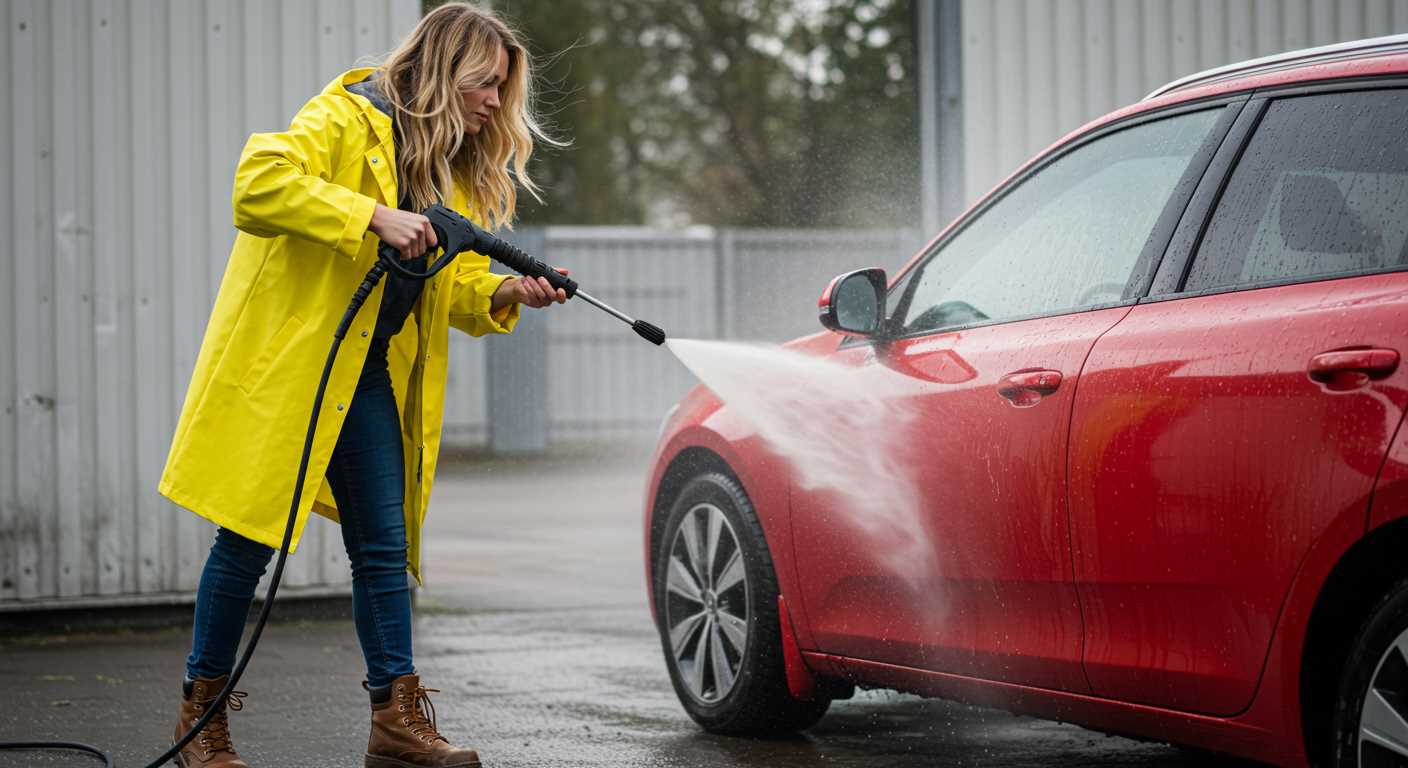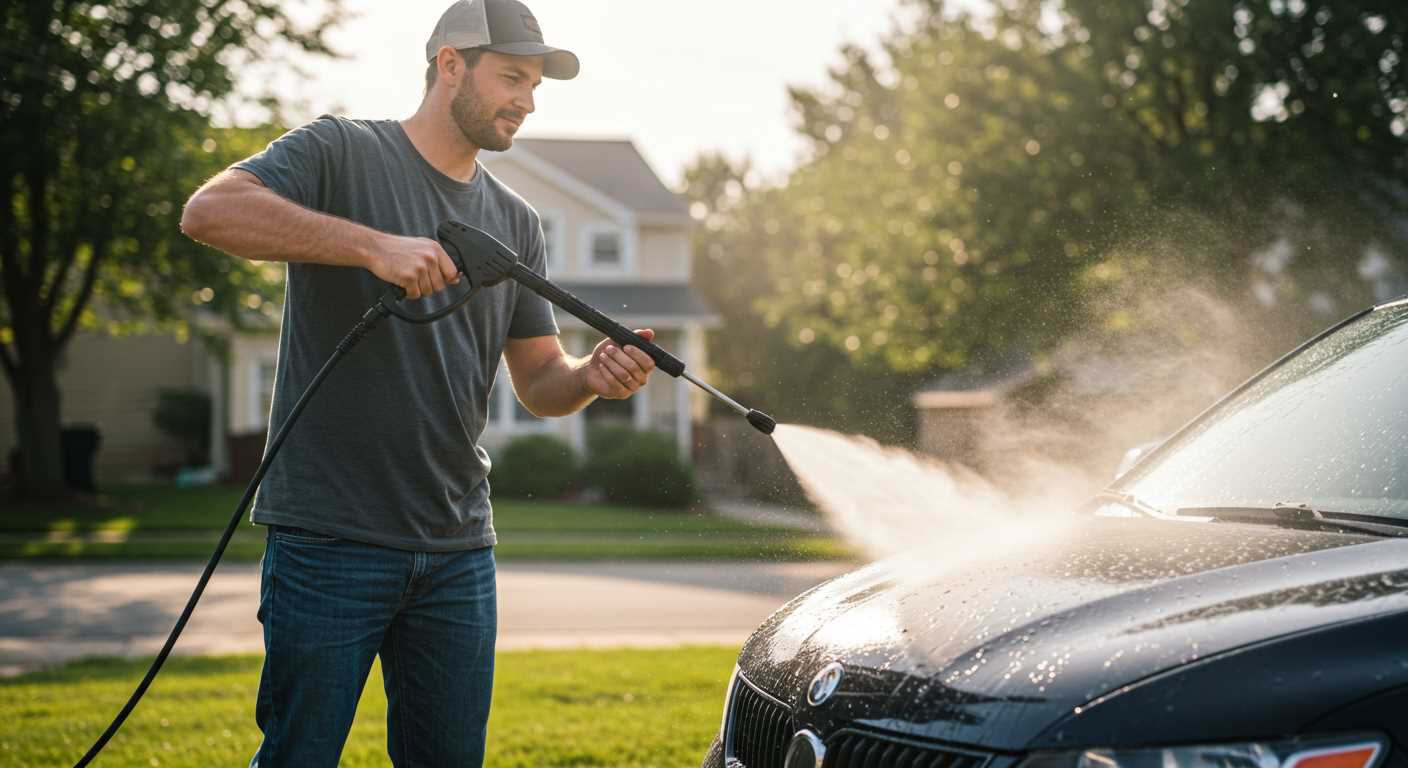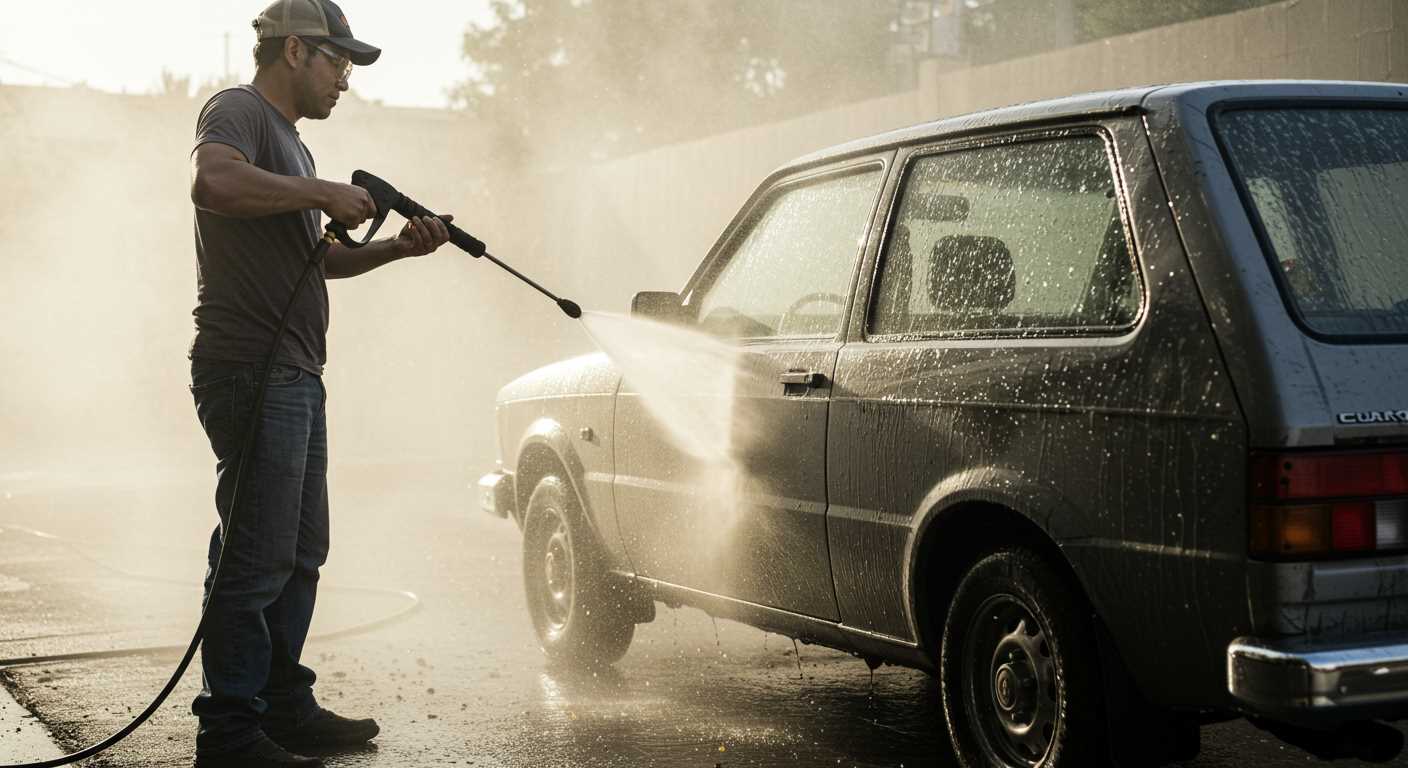



If you’re experiencing decreased output from your cleaning apparatus, the first step is to examine the water supply. Ensure that the source is not obstructed and that the hose is free from kinks or blockages. A steady flow of clean water is vital for optimal operation.
Next, inspect the filtration system. A clogged filter can significantly reduce the efficiency of your device. Remove and clean or replace the filter if you notice debris or buildup. This simple maintenance task can restore pressure levels effectively.
Additionally, check the nozzle. Different nozzles provide varying spray patterns and pressures; a clogged or incorrect nozzle can impede performance. Clean or swap out the nozzle to see if the output improves.
Lastly, look at the pump. If you hear unusual sounds or notice any leaks, it may require professional attention. A well-maintained pump is crucial for maintaining the necessary force for effective cleaning.
Identifying Common Symptoms of Pressure Loss
To diagnose insufficient cleaning force, first check for inconsistent spray patterns. A fan that appears uneven can indicate a blockage or an issue with the nozzle. Inspect the nozzle for debris, and clean it if necessary.
Next, monitor the motor operation. If it seems to be running slower than usual or shutting off unexpectedly, it could signify an electrical issue or an overheating problem. Ensure that the machine has adequate ventilation and that the power supply is stable.
Evaluate the Hose Connection

A loose or damaged hose connection may contribute to diminished performance. Tighten all connections and look for any signs of wear or cracks in the hose itself. Consider replacing any faulty components to restore optimal functionality.
Inspect the Water Supply
Obstructions in the water source can significantly impact performance. Verify that the water supply is free of blockages and that the flow rate meets the specifications outlined in your user manual. Additionally, check any filters or screens for clogs.
Lastly, assess the pressure settings. If adjustable, confirm that you have selected the appropriate level for your task. An incorrect setting can lead to inadequate force, leaving surfaces uncleaned.
Checking Water Supply Issues and Connections

First, ensure the water source is turned on fully. A partially opened tap can restrict flow, leading to significant performance issues.
Examine the hose connected to the unit. Look for any obstructions, cracks, or kinks that could impede the water supply. A compromised hose must be replaced immediately.
Verify the connections. Remove and check the filter screen where the hose attaches to the equipment. Debris may accumulate here, blocking water flow. Clean or replace the filter if necessary.
If you use a garden hose, confirm it is of adequate diameter to support the flow requirements of the unit. A thin hose can lead to inadequate water intake.
Inspect for leaks in the connections. Any dripping or pooling water signifies a poor seal that needs attention. Tighten or reseal connections as needed.
- Use a bucket to measure the water flow rate. Fill a standard container in one minute; it should not be less than 8 litres per minute.
- If possible, switch to a different water source to eliminate the supply as a variable.
Check if the water is warm; extremely hot water can damage internal components. At the same time, freezing temperatures can also create issues, leading to burst hoses.
If the supply is adequate and all connections are secure, consider the possibility of issues within the machine itself.
Examining the Hose for Leaks and Blockages
Inspect the entire length of the hose for visible signs of wear, cracks, or kinks. A damaged hose can lead to a significant drop in water flow, resulting in diminished cleaning capabilities. Ensure all connections are tight and check for any drips at the junctions.
Perform a simple squeeze test by pinching the hose–if you can feel air escaping, that indicates a leak. Use soapy water on any suspected areas; bubbling will confirm the presence of a hole. If found, replace the hose to restore optimal function.
Next, examine the interior of the hose for blockages. Debris or mineral deposits can build up over time, impeding water flow. Detach the hose from the system and run water through it, observing for any clogs. If it appears obstructed, consider using a flexible cleaning tool or a hose cleaner to clear the blockage.
Finally, ensure the hose diameter matches the system’s specifications. Using a hose that is too narrow can restrict flow, contributing to low performance. Always select a hose that complements the capacity of your equipment for maximum efficiency.
Evaluating the Nozzle for Clogs or Damage
Begin by inspecting the nozzle’s opening. A clear sign of a blockage is a restricted water flow or a change in the spray pattern. Remove the nozzle and rinse it under running water to dislodge any debris. Use a soft brush to clean stubborn residue that may be lodged inside.
Assessing for Cracks or Deformation
Examine the exterior of the nozzle for visible cracks, chips, or warping. These imperfections can disrupt the intended spray pattern and reduce performance. Replace any damaged nozzles to restore functionality.
Interchangeability with Other Nozzles
If you have different nozzles on hand, swap in a compatible one to test if the issue persists. Sometimes, the problem may originate from an incompatible nozzle lacking the appropriate pressure rating for your machine. Conduct a side-by-side comparison of the spray output with various nozzles to identify the most effective option.
Regularly check the nozzle as part of overall maintenance for your cleaning device. Avoid allowing debris to accumulate, which can lead to permanent damage over time.
Inspecting the Pump for Wear and Malfunctions
Begin by isolating the cleaning unit and inspecting the pump for signs of wear. Look for any external corrosion or damage to the casing, which can indicate internal issues. Check for leaks around gaskets and seals; any fluid loss points to a failing component.
Key Areas to Inspect
| Component | What to Check |
|---|---|
| Piston | Examine for scoring or damage affecting movement. |
| Seals and O-rings | Look for cracks or abrasions that may cause leaks. |
| Valves | Ensure they open and close freely without sticking. |
| Fluid Intake | Verify there’s no debris obstructing water flow. |
| Lubrication | Check that moving parts are adequately lubricated. |
Performance Testing

After the visual inspection, it’s prudent to perform a functional test. Listen for unusual noises during operation; grinding or rattling suggests potential internal failures. Additionally, monitor the pressure output. Any inconsistency may indicate the need for further examination or replacement of pump components.
Understanding the Role of Filters in Pressure Maintenance
.jpg)
Regularly inspect and clean filters to ensure adequate fluid flow. Clogged or dirty filters restrict water supply, leading to reduced performance. Replace any damaged filters to maintain optimal operation.
Different types of filters serve unique functions. For example, the inlet filter prevents debris from entering the pump. Check this component for blockages, as even small particles can create significant issues.
Ensure filters are designed for your specific equipment. Using incorrect filters can compromise functionality and damage internal components. Refer to the manufacturer’s recommendations for guidance on the correct filter type and maintenance schedule.
If you notice diminished output, examining the filter should be one of your first steps. Cleaning or replacing it often resolves issues and restores performance. Regular maintenance of filters not only enhances reliability but also prolongs the lifespan of your equipment.
Remember to flush out the system periodically, as this helps prevent sediment accumulation that could lead to clogs. Proper filter maintenance can save you from unnecessary repairs and operational downtime.
Assessing the Compatibility of Detergents Used
To maintain optimal functionality, it is vital to verify that the detergents used are compatible with the specific model of cleaning device. Using non-compatible or harsh chemicals can lead to significant malfunctions.
Key Factors to Consider
.jpg)
- Manufacturer Recommendations: Always refer to the manufacturer’s guidelines regarding suitable cleaning agents. Each brand often specifies detergents tailored for their equipment’s materials.
- Foaming Agents: Certain detergents contain excessive foaming agents, which can result in blockages or decreased efficiency. Select low-foam formulations when possible.
- Corrosiveness: Avoid detergents containing corrosive substances, as they can damage internal components and seals over time.
- Biodegradability: Choose eco-friendly options that are safe for the environment while still effective in cleaning.
Testing Compatibility
Before fully committing to a detergent, consider conducting a small test. Mix a small quantity with water and run a short cycle through the device. Observe any changes in performance or sound during operation, as unusual signs may indicate incompatibility.
If any adverse reactions occur, discontinue use immediately. Regular monitoring of detergent effects will aid in prolonging the life of your cleaning equipment.
When to Consult a Professional for Repairs
It’s time to seek expert assistance if you face persistent complications after troubleshooting commonly encountered issues. If numerous attempts to rectify lack of output fail, a seasoned technician can provide insights that go beyond basic maintenance.
Signs Indicating Professional Help is Needed
If unusual noises emanate from the machine or if there is visible wear on crucial components, do not hesitate to reach out. A significant drop in efficiency, despite correct usage and maintenance, may signal deeper mechanical problems that require specialised knowledge.
Benefits of Hiring Expertise
Engaging a skilled repair technician not only saves time but can also prevent potential damage from incorrect fixes. Their familiarity with various brands enables them to identify issues quickly and accurately, ensuring a more reliable restoration of functionality.








